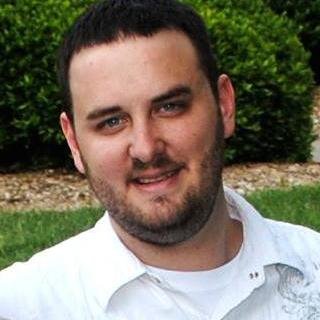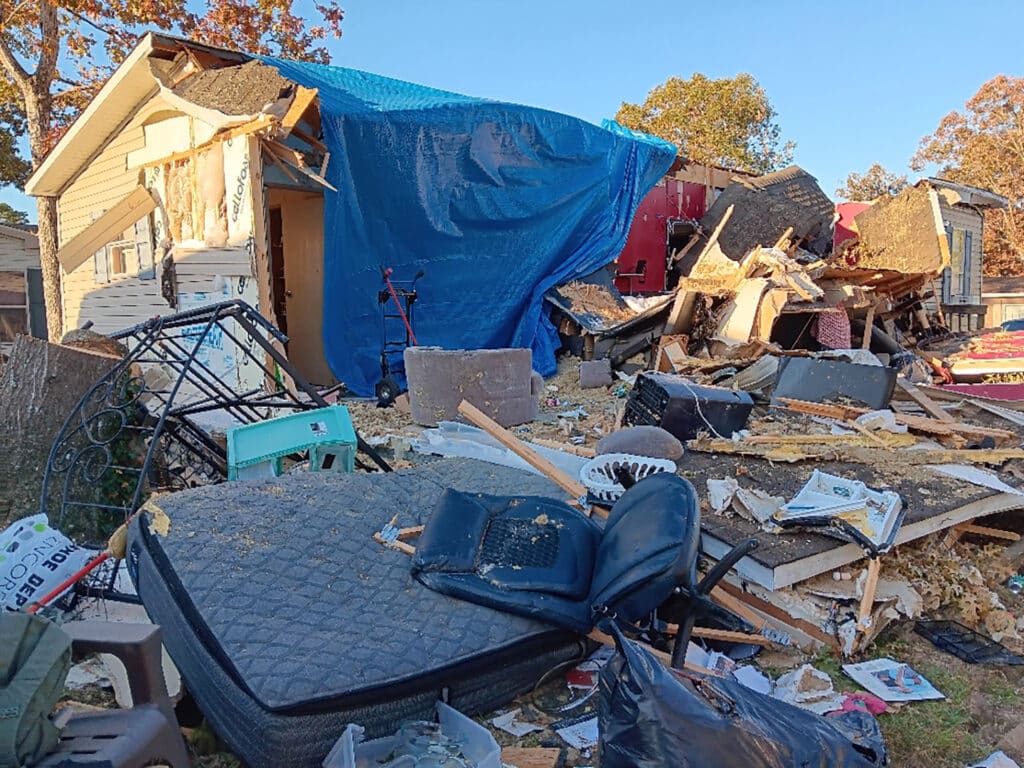Sweat dripped from Dut’s short, slender body as she hollowed out a grave in the floor of the Colombian rain forest.
Only minutes earlier the “Nu” Indian woman had given birth to her ninth child, a boy, but didn’t like what she saw. The baby’s head was misshapen, pointed?a temporary defect doctors would recognize as the result of an intense labor.
But there were no doctors here. Dut was ignorant and alone, save for several of her children who had tagged along with their mother as she ventured into the bush that day.
They watched as Dut laid their brother’s tiny body in a shallow hole and began to cover him with dirt. The newborn shrieked in protest, his arms and legs struggling against the handfuls of cool, damp soil that pressed against his skin.
His cries weakened as a wave of earth washed across his face, followed by another and another. Abruptly, the jungle fell silent. Without pause Dut stood, brushed the caked blood and grime from her hands and turned toward home.
Suprising aftermath to a chilling confession
“Lee Rojas” felt sick to her stomach. Watching her own 2-year-old daughter playing with friends in the Nu village, the Colombian missionary struggled to comprehend the cruelty described in Dut’s macabre confession. Even worse, she learned that Dut had also buried four other children alive?one simply because it was a twin (the Nu believe the smaller twin is possessed by evil spirits).
What Lee didn’t know was that the Lord would transform Dut’s life. Through Lee’s witness, Dut would soon be one of the first Nu to begin a relationship with Jesus Christ. It’s a glimpse of the way God is making his Son’s name known among Colombia’s indigenous, more than 100 native tribes scattered across a nation nearly twice the size of Texas.
Spearheading that effort are Southern Baptist missionaries Fernando and Brenda Larzabal. Born in Argentina, Fernando b1egan his ministry career as a missionary pilot. He met Brenda, a teacher from Saranac, Mich., on a mission trip to Belize. Four boys and 22 years of marriage later, the Larzabals now serve with the International Mission Board, charged with mobilizing the Colombian church for the sake of bringing the gospel to every indigenous tribe.
Lee and her husband, “John,” are among a growing number of Colombian missionaries who’ve accepted that call. It’s a big job, and there’s no one-size-fits-all strategy. Whether “Buntere, ” “Tatitu” or “Yuspaga, ” each tribe is as unique as its name, with a distinct language, culture and worldview.
60-plus people groups, no witness
What they have in common is their need for Christ. Of the 100-plus indigenous tribes, only nine are considered “evangelized.” More than 60 others are without any gospel witness. That means no known believers and no evangelical churches.
Instead, most tribes are animists?spirit-worshippers who live in fear of failing to appease gods they neither know nor love.
“This is the very edge of darkness,” Fernando said. “The overwhelming need of these people is to be delivered from the fear of Satan. ? Without God there is slavery. Without Christ there is fear and that’s what they breathe day in and day out.”
The Rojases know firsthand what that kind of fear can do. They’ve lived among the Nu for nearly 10 years and have often watched Nu families go hungry, sometimes for days, because they were too afraid of evil spirits to go hunting in the jungle.
“It’s like a different world,” Lee said. “The Nu live very primitively.”
There’s no electricity or running water in Nu villages. Until recently, the Nu didn’t wear clothes. They sleep in hammocks hung from open huts topped with palm fronds. The jungle is their only source of food. Poison-tipped darts fired from blow guns snare birds or monkeys; wild plantains, insects and honey are gathered by hand.
This primal existence is due, in part, to the Nu’s limited contact with the outside world. Hidden deep within the Colombian rain forest, there are no roads that lead to their villages. To reach them, the Rojases must hop a two-hour flight aboard a small plane to an unmarked landing strip carved into the jungle. From there it’s a four-hour walk with their two young girls in tow.
Insurgents vs. the gospel
But distance isn’t the only barrier between the indigenous and the gospel?there’s also the threat posed by anti-government insurgents and illegal paramilitary outfits. Clashes with the Colombian army have forced these groups into remote areas of the countryside, the same areas where indigenous tribes make their homes. The insurgent problem is so widespread that nearly every unevangelized tribe, including the Nu, falls within their territory. Ransom kidnappings are practically guaranteed for foreigners who try to reach them.
While Americans would be conspicuous in these areas, Colombians blend in?which makes them ideal missionaries to indigenous communities. There’s still some risk; but for the sake of the gospel, it’s a risk missionaries like the Rojases are willing to take.
“It’s true where we live is a bit dangerous and sometimes isn’t very comfortable,” Lee says. “But God tells us that the day of salvation is today. Christ died for the Nu and he sent us to tell them. We know our lives are in his hands. If we die, so be it, because Jesus will be there waiting for us.”
That sense of urgency was burned into the Rojases’ hearts the day Cho died. Counted among the family’s dearest Nu friends, he was there from the very beginning of their ministry. Cho had helped John and Lee on countless occasions, spending hours pati














